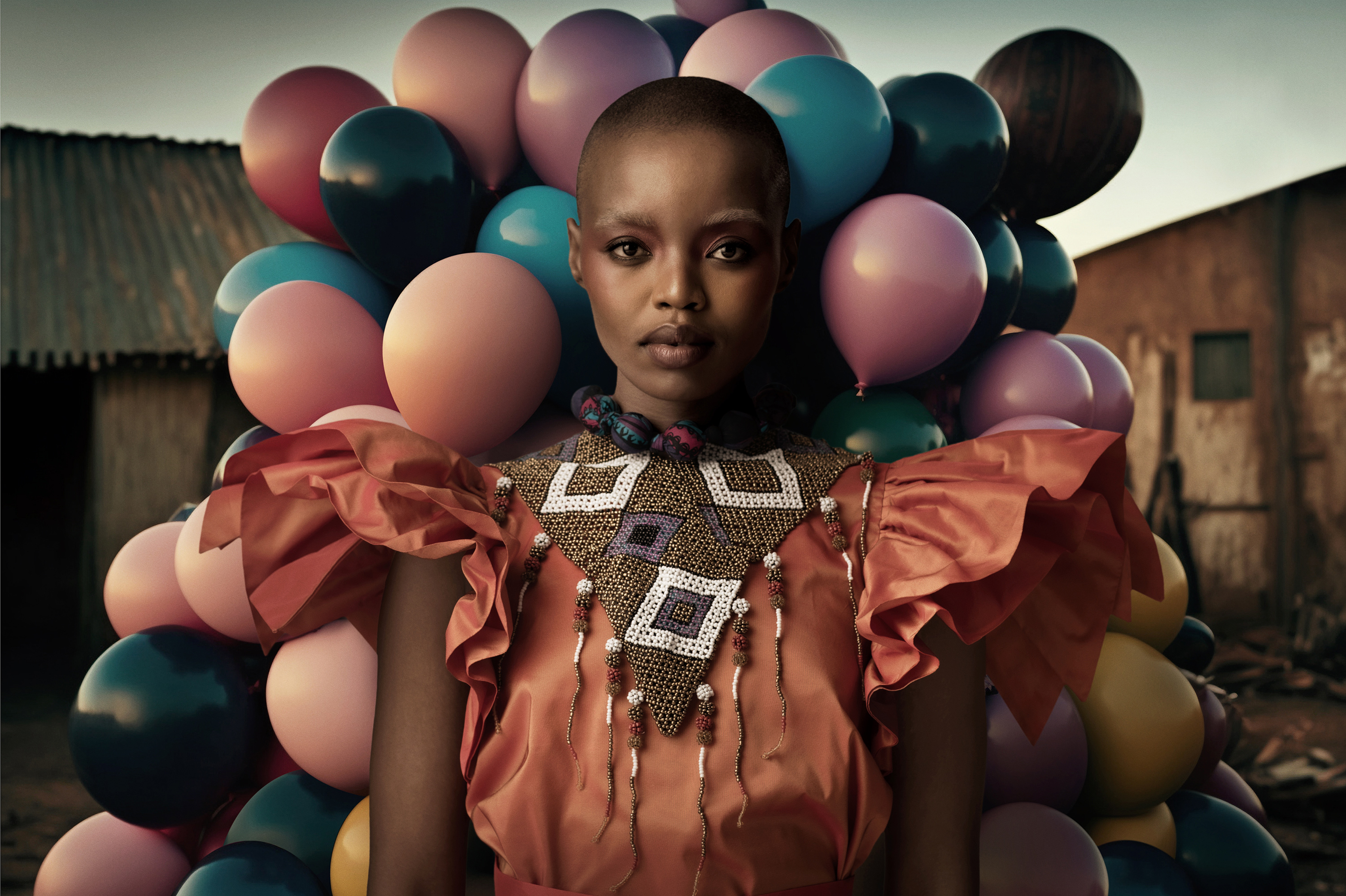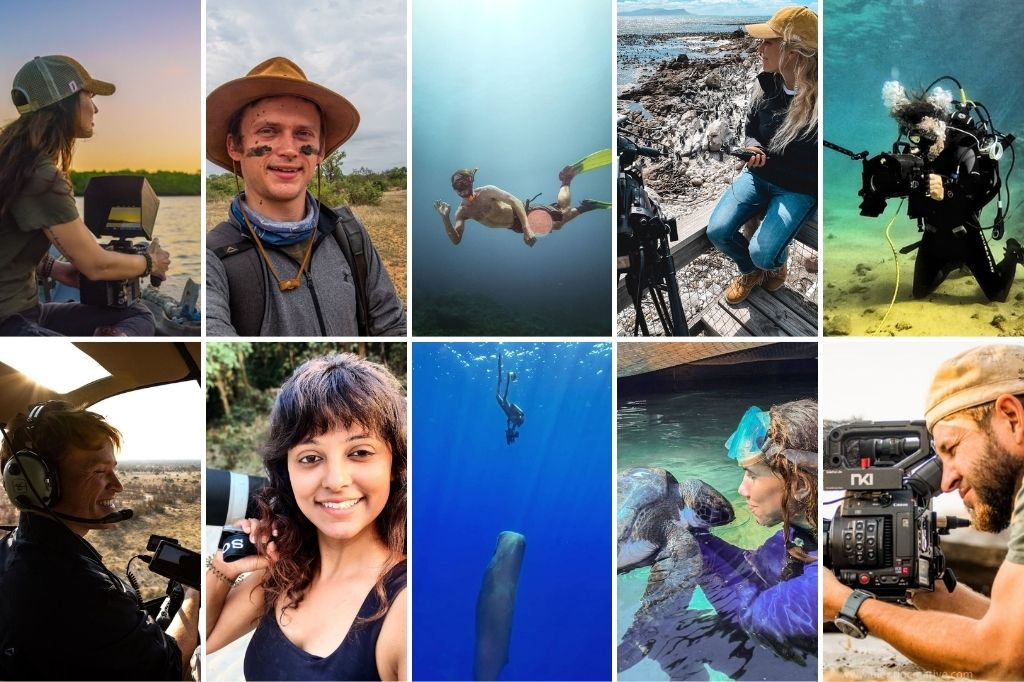Gavin Goodman, a world-renowned photographer and Hasselblad Master, has dedicated the past 22 years to sharing his exceptional artistic talents with the world. Initially, he began his journey as a cinematographer; however, over time, his focus shifted to creating commercial and fine art photography. In an exclusive interview, we sat down with the visionary artist to delve into his creative journey, unravel the secrets behind his distinctive style, and gain insights into his perspective on the latest AI advancements shaping the photographic industry.
Please tell us a little about yourself.
My name is Gavin Goodman. I was born and raised in Cape Town, South Africa. I’m a passionate surfer. I am married, and I have a beautiful 2-year-old boy. I work as an advertising and fine art photographer. I’ve been doing it for close to 20 years now as a professional career.
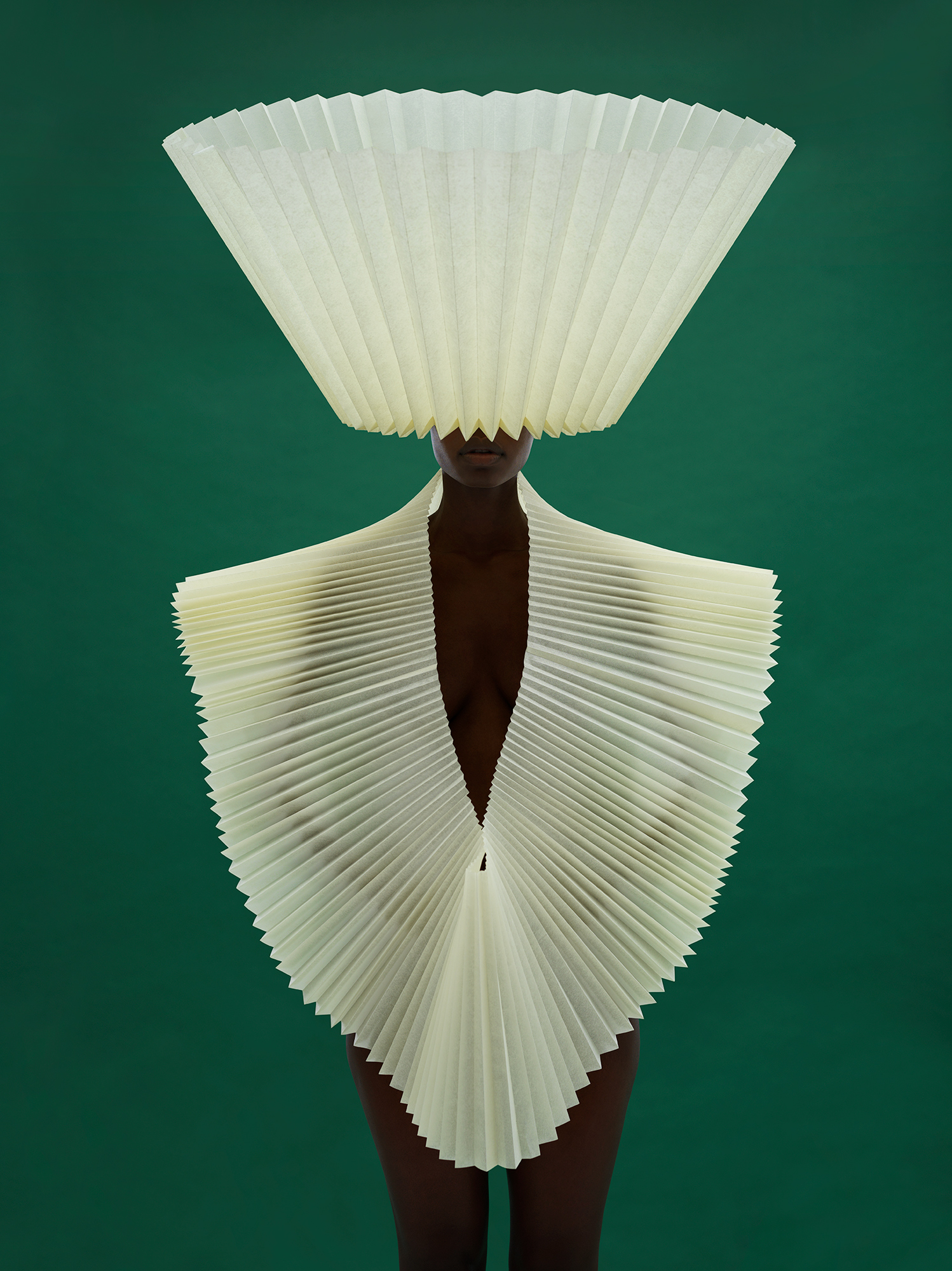
Where does your love for photography stem from?
I’ve always been a creative, visual person. Before I got into the world of creating images, I worked as a web designer. I did a digital design course and worked as a web designer many years ago when websites were kind of a new thing. I sort of realised that being in front of a computer all day and executing briefs for deadlines wasn’t quite what I thought it would be; it wasn’t as exciting as being in a creative space as I had hoped, so I ended up travelling for a bit and bumped into someone that was a film student. He told me that he studied cinematography, and that was the first time that I became aware of what a cinematographer does, and it really piqued my interest. So when I returned to Cape Town, I enrolled in AFDA; it was the first year they opened up in Cape Town. And that’s how I got into the beginnings of my love for image creation.
You’ve had a long and successful career in cinematography. What motivated you to leave that behind and pursue a career in stills photography? Or are you still involved in cinematography projects?
I worked as a cinematographer for about seven years, and I’m currently not involved in that world at all. I’ve dabbled over the last few years, maybe two or three times, but I don’t keep up with all the technical developments. Shooting as a DP no longer excites me or interests me. What motivated me to leave behind that career and pursue the world of stills was I just started feeling a bit creatively stifled in this sort of hierarchy of working in the film industry. That, coupled with the fact that I was shooting a lot of below-the-line commercials for clients like Musica and Ackermans, and it just wasn’t scratching that creative itch very well. And I was starting to get a little frustrated. When I started out in the film industry, it was a lot more hierarchy driven, and I just couldn’t see myself in that world for the rest of my life. And the stills world is a very different vibe. Different people are involved. It’s much smaller crews. And as a photographer, you’re a lot more in control because you direct the talent and oversee the whole aesthetic. As a DP, I was not involved directly with the talent at all. My role was purely lighting, composition and then storytelling through visuals.

How would you describe your photographic style?
My style has definitely evolved and changed over the years. At the moment, my photographic style has a cinematic look and feel to it, coming from my years working in the film industry. I’m really into my lighting, so I have a fairly specific approach to lighting. I like to use light in a soft and indirect way and shape it to create a nice mood that’s not too dark. I’m really inspired by Africa and the culture I’ve grown up around and kind of fusing that with a modern sort of minimal, simplistic feel.
Would you say that you intentionally cultivated your style, or did it happen naturally?
When I started out, I was trying to emulate other photographers and image creators that I was inspired by. It’s a slippery slope because when you start to emulate other people’s work, you lose your own sense or point of view. Although it’s a good technical exercise to learn how to create certain styles, it’s definitely not a good way to go about things in the long run. So over the years, I explored different styles and different genres, everything from still life to cars to fashion to lifestyle, and I think the style that I connected with just organically happened over the years of trying different bits and pieces and figuring out what resonates with me as an artist and a creator.

What kind of subject matter do you enjoy exploring?
The most important thing for me is developing a concept and letting that drive the approach to everything else, the visual approach, etc. I’m not too specific with the type of subject matter. For me, it’s more about connecting with a core concept behind something I’m creating, and this is obviously for personal work. I’m often not involved in the conceptualising phase for commercial work, but I elevate the initial concept.
What motivates you to get on board when you’re approached to do a project?
Well, it depends on what the project is. If it’s commercial work, then money is probably one motivating factor. If the budget is tiny, I won’t be as motivated, but on the flip side, if the budget is tiny and I resonate with the visuals, aesthetic approach, and concept, then I’m happy to get on board. So I guess it’s a combination of the team of people I’m working with and what the concept is, and the budget.
Do you have a dream project you’d like to work on or a dream team you’d like to work with?
I have many dream projects. I love building big sets and creating everything on camera and crafting lights, and doing things in a very slow and meticulous way from a technical point of view. So yeah, I have a couple of credible stylists and set designers that I’d love to work with and have big budgets to create these images in my head, but you know, they happen on a very rare occasion when I have the budget and the access to the talent, etc.
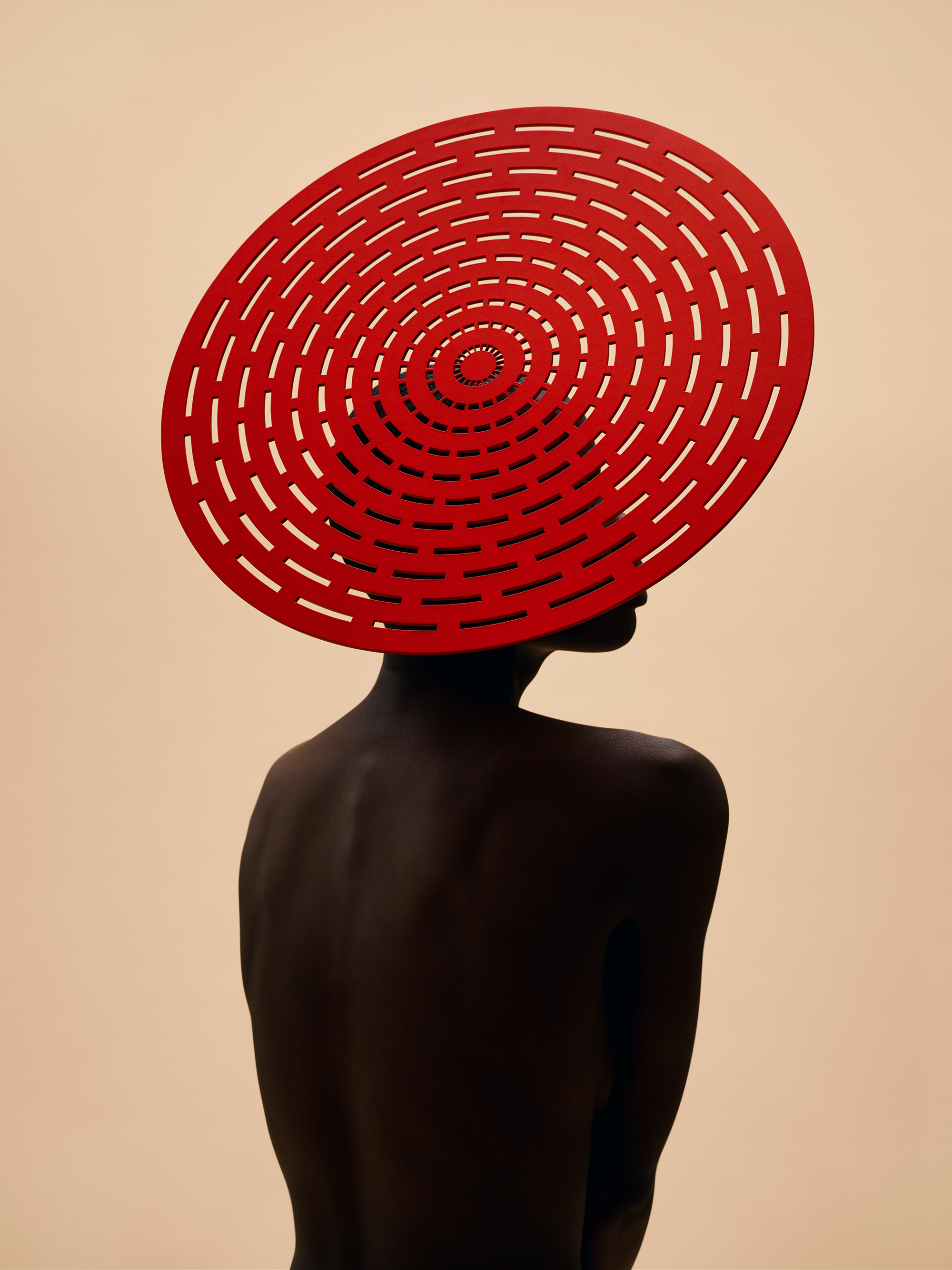
What camera do you shoot with? What do you love about the camera?
I’ve always shot on a Canon 5D Mark IV. I’ve got a whole range of prime lenses that I use, and I just find the image quality fantastic, and I’ve always used Canon from the Mark 1 days. I’ve had every model since. I’m just very comfortable with its workflow. About two years ago, I was awarded the Hasselblad Masters. Part of the prize included a Hasselblad X2D, a hundred-megapixel full-frame camera. So I’ve been using it on the odd shoot here and there. The image quality is pretty insane. But I’m still not entirely comfortable with shooting on a mirrorless camera, and I much prefer using the system when I’m in studio. It’s a very slow shooting process, and if I’m doing stuff where it’s lifestyle or there’s a lot of coverage, I’d rather use my Canon.
What are some of your favourite lenses to shoot with and why?
My favourite two lenses are the 35mm f/1.4 Sigma Art lens and the Canon EF 85MM F/1.2L lens. I just love the combination of the skin rendition, the sharpness and the bokeh.
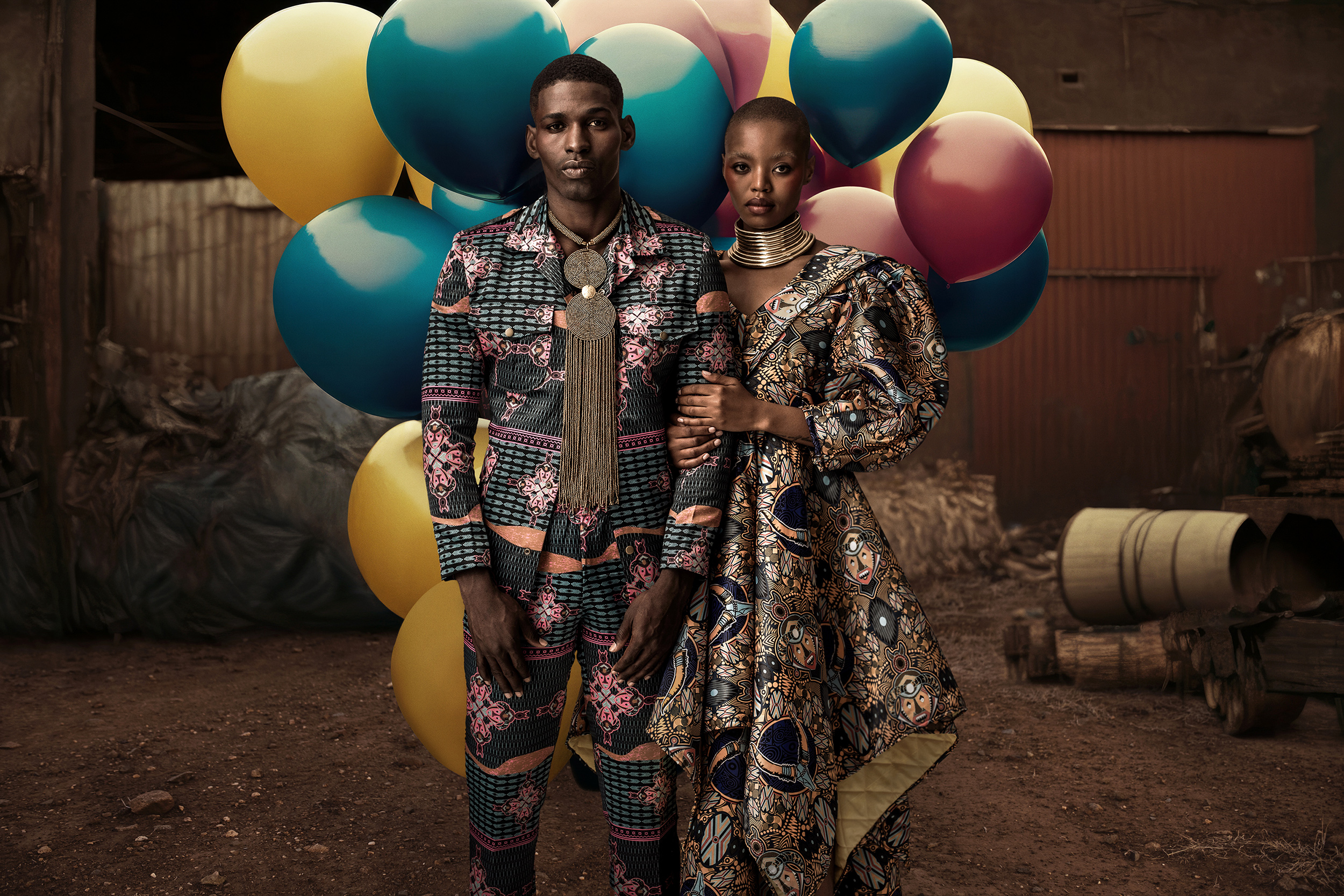
You recently did a shoot where you integrated AI-generated backgrounds. What was it like experimenting with this new technology?
I’ve been really fascinated with AI and text-to-image technology since it first came out a little over a year ago. What I love about AI is I can take these concepts and ideas I’ve had in my head and bring them to life without a crazy amount of time and effort. It’s really creatively satisfying especially seeing as I get quite bored with a certain concept quickly. So you can create some really amazing and diverse imagery and refine something in a cheaper and quicker way.
What were some things that surprised you about the technology? What are some areas that can still be improved upon?
The way that AI renders colour is incredible. To be honest with you, experimenting with this tech, I found it to almost reinvigorate my creative juices. I’ve been a little creatively stifled the last year or so, and I haven’t felt super inspired to create personal work. And since experimenting with AI tech, I’ve just been completely reinvigorated to create again. What I love about it is that in the past, when creating certain projects, I’d have to rely on so many other people and manage a lot of people’s stuff and egos and logistics. What I love about using AI is that I can create environments and set designs and concepts all by myself and not have to rely on so many people, and obviously, it dramatically reduces the cost of stuff.
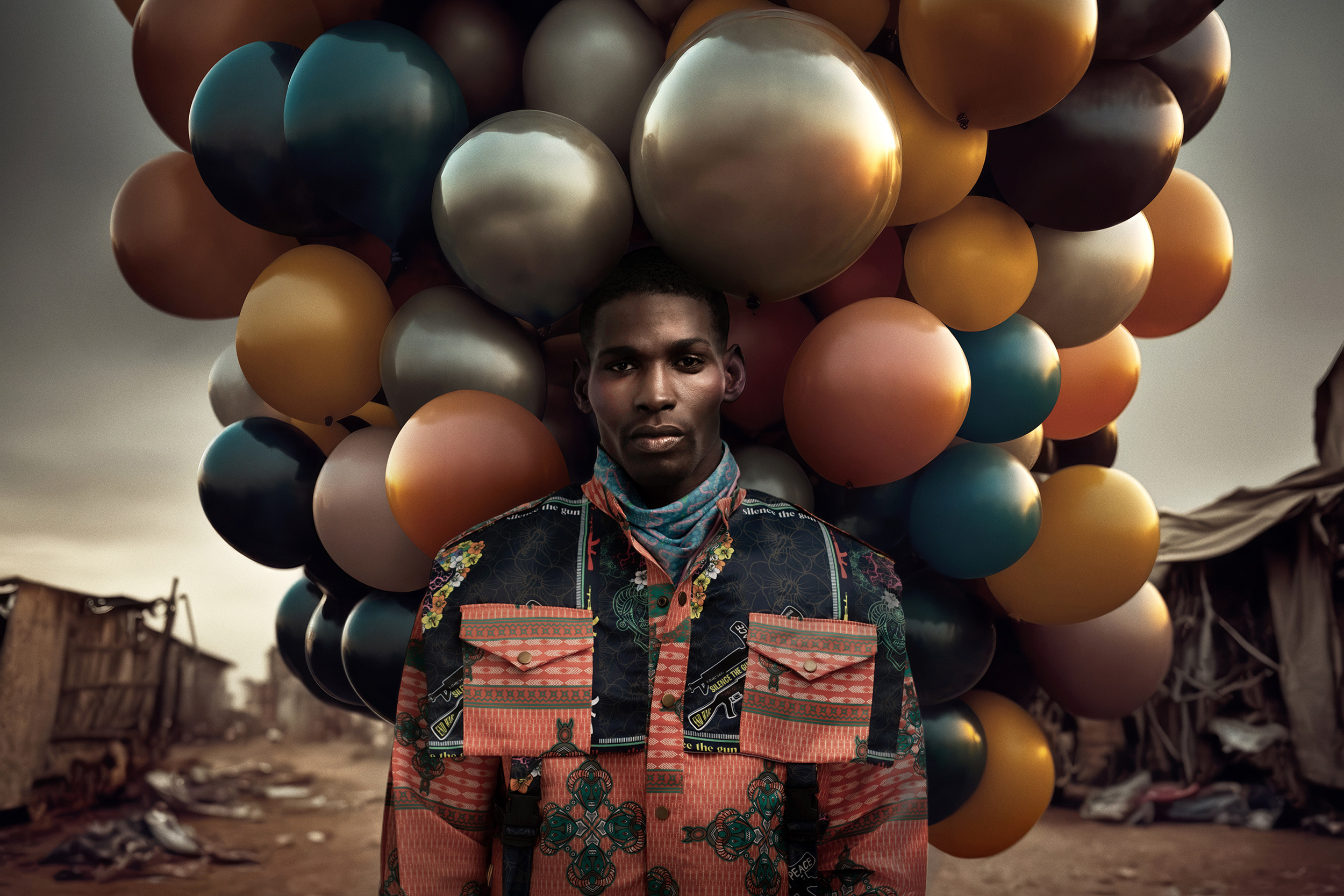
Many photographers are hesitant about using AI-generated tech in their creative pursuits. What is your position on all the new AI developments?
Look, I understand the hesitation with AI, and I’ve approached one or two stylists and set designers to collab on a shoot with me, and they’ve been a little weirded out by how good the images are and not wanting to get involved, like almost saying “I don’t really agree with what this tech is doing and I’d rather not be involved”. I guess my sort of attitude towards it is that this is something that’s going to be integrated into my workflow and what I do 100%. It’s just a matter of when and how much it will be integrated, but a part of what I do will absolutely be replaced by AI, whatever the elements of it may be. So I think it’s really important to embrace it. I think I feel a combination of really excited and intrigued, as well as a little bit concerned about what the repercussions are and where this is all going. However, I’m definitely in the mindset of fully embracing this technology and integrating it in a way that allows me to continue on the path I’m on and almost use it as a tool to help with what I do as opposed to sort of fighting against it.
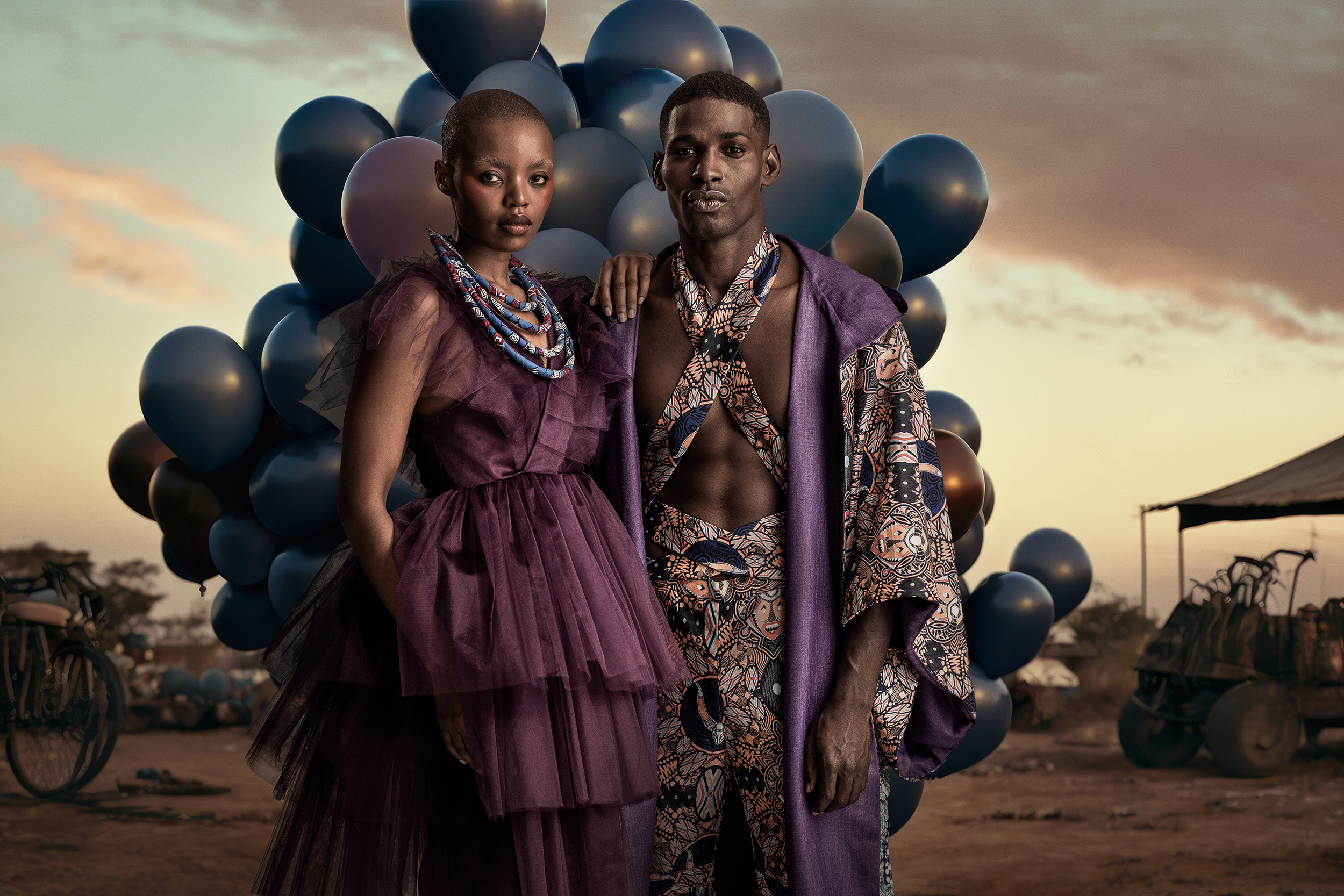
What are five pieces of advice you’d give aspiring photographers?
- To have patience.
- To continue to create is probably the most important thing.
- Do not overthink everything that you do. Rather do more than being too overly pedantic about your work not being good enough, or hesitant to go and just create. Go out there and just create something because that’s by far the best way to learn.
- I would also say spend some time and energy connecting with aspiring creatives and people’s work that you aspire towards and see if you can assist or get on shoots and learn from them.
- Another very important thing is to not compare yourself to other people who may be a little ahead of you. Everyone’s journey is unique to themselves, and this creative path and pursuit is a lifelong journey. There’s never an end destination. Just be focused on learning and developing your own point of view. It’s incredibly important and takes time, and you’ve got to have the patience to get there.

